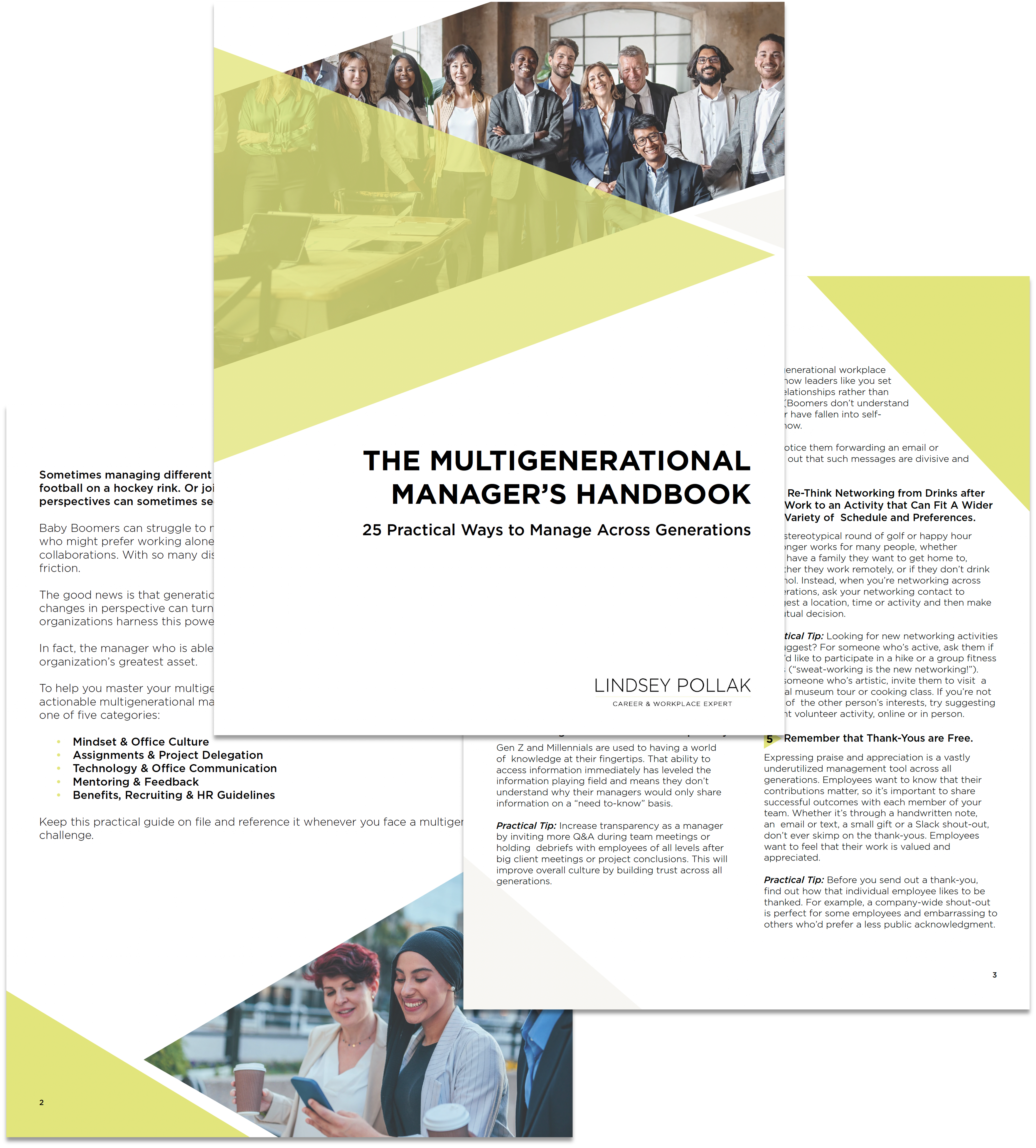Ripped jeans. Tank tops. Flip flops. Visible bra straps. Wrinkled shirts. Shorts. Micro-mini skirts. Bare midriffs. Five o’clock shadows.
Many managers complain that millennials think the same clothes you’d wear to the beach or a nightclub are also appropriate work attire.
This is, of course, not a new workplace issue. Complaining about younger generations dressing inappropriately has been taking place forever. But people really do judge your professionalism based on how you look, so it’s a topic worth revisiting.
Things Have Changed, But Not That Much
Sure, norms have changed. When I was starting out, most women wore pantyhose and now many millennials might not even know what those are. (Lucky you!) A blazer with jeans is acceptable in many of today’s workplaces, and not just on casual Fridays.
But even as workplace dress codes change, one thing does not: Dressing for success still matters. And summer, with its warmer weather and skimpier styles, brings its own potential wardrobe fails.
Here is a common-sense guide to business casual for millennials.
Dress for YOUR Workplace
At some workplaces, it’s totally OK to rock culottes and a t-shirt, but in others you’re going to be turning heads if your tie is too bright. Look around and be aware of what others are wearing. Be careful, though, not to fixate on the one guy in accounting with the funky jeans and decide if it’s OK for him, it’s OK for you. Make sure you’re looking at the people whom you admire and aspire to be. They are the models you want to emulate.
Check Your Grooming
If only we could get dressed and be done. But, no, there are so many other layers to our appearance:
- Are you wearing too much makeup?
- Do guys at your workplace embrace the 5 o’clock shadow?
- Do you have a visible tattoo?
The answer to what’s going to work for you boils down to being cognizant of your environment. I have a friend who yearned to be an artist and yet he took a job in corporate America despite serious reservations. He ended up quitting and got a tattoo that covered his neck and arm.
It was a bold move designed to ensure he would never be tempted to take a job in an industry where he couldn’t be himself. He knew his ink wouldn’t fly in certain environments — and he didn’t want to be in those places either.
Consider Creating a Uniform
The uniform look is my favorite strategy. What I mean by uniform is finding a professional look that will be your go-to. For example, a rotation of shift dresses, blazers and statement necklaces. (Seriously, I wear nothing else on stage.)
When you limit yourself to a few simple combinations, dressing professionally is a lot easier. And it can even be a hidden productivity boost. You know who has admitted to wearing a “uniform?”: President Obama. He has said that he goes with a gray or blue suit because it pares down the unimportant decisions he has to make, leaving his mind free for the important ones.
The bottom line is that the old adage rings true: Dress for the job you want, not the job you have. When you spend time consider what your superiors are wearing and commit to “leveling up” in your dress, you can’t go wrong.
I want to hear about egregious wardrobe errors you’ve seen — or accidentally committed yourself. Fess up in the comments below.
Lindsey Pollak is a New York Times best-selling author and a nationally recognized millennial expert who helps employers recruit, train, manage and market to the millennial generation. Her speeches and training sessions inspire multigenerational collaboration and foster lasting organizational success. Contact Lindsey to learn how she can help your organization understand and connect with millennials.

